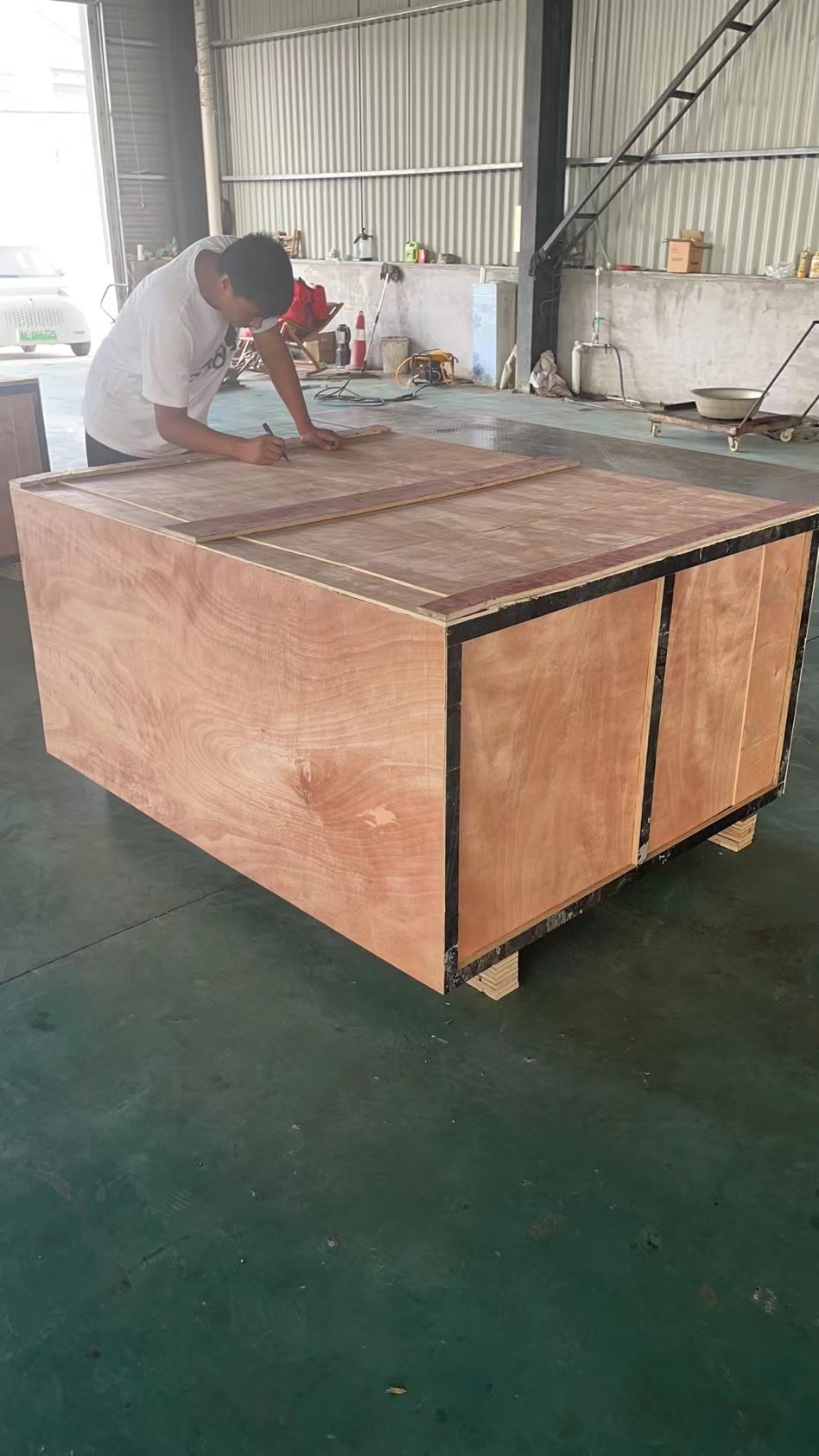Effective Floating Fish Feed Extruder for Optimal Aquaculture Nutrition and Growth
11 月 . 09, 2024 10:37 Back to list
Effective Floating Fish Feed Extruder for Optimal Aquaculture Nutrition and Growth
The Importance and Innovation of Floating Fish Feed Extruders
The aquaculture industry has seen remarkable growth in recent years, driven by the rising global demand for fish and seafood. As aquaculture practices evolve, so too does the technology that supports them. One of the most crucial components of modern aquaculture is the floating fish feed extruder. This machine is not only vital for producing high-quality fish feed but also significantly influences the efficiency and sustainability of fish farming.
Understanding Floating Fish Feed Extruders
A floating fish feed extruder is an advanced piece of equipment used to produce fish feed pellets that float on water. The basic principle of an extruder is to combine raw ingredients—such as fish meal, grains, and various nutritional additives—and subject them to heat, moisture, and pressure. This process cooks the materials, changes their physical structure, and ultimately shapes them into pellets. The extruder's design allows for precise control over factors such as temperature, moisture content, and feed density, enabling the production of high-quality floating feeds.
Benefits of Floating Fish Feed
Floating fish feed has several advantages over traditional sinking feeds. For one, it allows for better visibility of the feed in the water, encouraging fish to feed actively at the surface. This not only enhances feed intake but also minimizes waste, as fish can easily find and consume the pellets. Additionally, the floating nature of these feeds helps reduce the risk of water pollution, as uneaten feed that sinks to the bottom can decompose and negatively impact water quality.
Moreover, floating fish feed is easier for fish farmers to monitor, allowing them to observe feeding behavior and adjust feeding strategies accordingly. This adaptability can lead to improved growth rates and feed conversion ratios, ultimately enhancing the productivity of aquaculture operations.
Technological Innovations in Extrusion
floating fish feed extruder

The development of floating fish feed extruders has seen significant technological advancements in recent years. Modern extruders are equipped with sophisticated control systems that allow for real-time monitoring of the extrusion process. This technology enables producers to adjust parameters such as moisture content, temperature, and feed composition on the fly, ensuring optimal pellet quality.
Additionally, the incorporation of environmental sensors into extruders helps in minimizing energy consumption and waste production, making the production process more sustainable. Innovative designs also allow for the manipulation of pellet size and texture, catering to the specific dietary needs of different fish species.
Sustainability is a key focus in today's aquaculture industry. As wild fish stocks decline and the demand for fish meal rises, there is increasing pressure to find alternative protein sources for fish feed. Floating fish feed extruders can facilitate the inclusion of alternative ingredients, such as plant-based proteins and insect meals, which can significantly reduce the environmental footprint of fish farming.
Challenges and Future Prospects
Despite the advantages of floating fish feed and the advancements in extrusion technology, several challenges remain. The cost of high-quality raw materials and the initial investment in extrusion equipment can be prohibitive for small-scale fish farmers. Additionally, maintaining consistent quality in feed production can be challenging, particularly when incorporating alternative ingredients.
However, as the aquaculture industry continues to grow, it is likely that innovations in floating fish feed extruders will play a pivotal role in shaping its future. Research and development efforts are focusing on improving feed formulations, enhancing pellet durability, and increasing nutritional value while controlling production costs.
Conclusion
Floating fish feed extruders represent a critical innovation in the aquaculture sector. They not only improve feed efficiency and fish growth but also contribute to more sustainable fish farming practices. As technology continues to evolve, the potential for floating fish feed extruders to drive the industry's future growth is immense. By embracing these advancements, fish farmers can enhance their productivity, ensure the health of their fish, and contribute to the growing demand for sustainable seafood. As we move forward, the emphasis on technological integration and environmental sustainability will shape the next phase of aquaculture, making floating fish feed extruders an indispensable asset in the industry.
-
school
NewsJul.10,2025
-
Vacuum Packing Machine - Efficient & Reliable Vacuum Packaging Solutions for Food & Industrial Use
NewsJun.10,2025
-
High-Quality European Rabbit Cage Durable Welded Rabbit Cage Wire Mesh Supplier
NewsJun.10,2025
-
High-Efficiency Air Inlet Window for Optimal Poultry Ventilation & Cooling
NewsMay.30,2025
-
High-Efficiency Evaporative Cooling Pads Durable & Energy-Saving
NewsMay.30,2025
-
Automatic Egg Collecting Machine High-Efficiency Poultry Farm Solutions
NewsMay.29,2025






